
How does one learn something as complex as flying a plane or teasing out what’s wrong with a patient? Textbooks can only take you so far. At some point, an aspiring pilot or doctor must jump in and simply… do it.
But because the stakes are so high, there’s a way to wade in with a little more comfort. Medical simulation is a mainstay in many medical schools, and even afterward, as a way to train and hone the skills doctors need to practice the art of medicine. Nearly 90% of medical schools use some type of medical simulation, using actors to portray patients with various medical conditions with whom novice doctors-to-be interact. The idea is to begin familiarizing students with the breadth of not just medical knowledge but social and interpersonal abilities that treating patients entails.
Corinne May Botz, a Brooklyn-born photographer, first learned about these simulations through an article that described one such program, and became interested in what she calls the “theater of medicine.” In her first solo show at the Benrubi Gallery in New York, Botz captures these heavily scientific portrayals with an artist’s sensibility. Known for her photographs of tiny crime-scene dioramas built in the 1940s to aid law enforcement investigators, her latest exhibit, Bedside Manner, explores the fuzzy line between the real and surreal in the doctor-patient interaction. “Photographing these ‘standardized patients’ allowed me to create psychological portraits that are suspended between artifice and document,” she says.
Capturing the actors through two-way mirrors, she invites viewers into the world of the doctor-in-training, armed with knowledge but never tested in the only way that counts — putting that knowledge to use. Along with the medical students, the viewer is pulled into the world of these patient stand-ins — their pain, their frustration and their fear in living with a body or mind that is turning against them. Some portrayals are straightforward, others less so, and it’s that uncertainty and ambiguity that makes them compelling. What is the patient trying to say? What is she hiding? What is he afraid of? The images are remarkable not only for the emotion they convey but for the feelings they elicit in the viewer as well.
“The physical and psychological elements of simulation are very compelling,” says Botz. “ An important element of simulation is imagination, or suspension of disbelief. The student doctors rehearse for traumatic events that they may eventually experience for real. To disrupt the boundaries between what is exterior and what is interior, between the real and artificial — these are the important characteristics of my work that medical simulations enabled me to further explore.”
With the portraits, Botz hopes that more people become aware of empathy and the critical role it plays in all of our interactions, including that between doctor and patient. “I hope this work will prompt larger questions about authenticity, representation and perception,” she says.
Corinne May Botz is an artist and photographer based in Brooklyn. Bedside Manner is on show at the Benrubi Gallery in New York until Feb. 6.
Natalie Matutschovsky, who edited this photo essay, is a Senior Photo Editor at TIME.
Alice Park is TIME’s health and medicine writer. Follow her on Twitter @AliceParkNY.

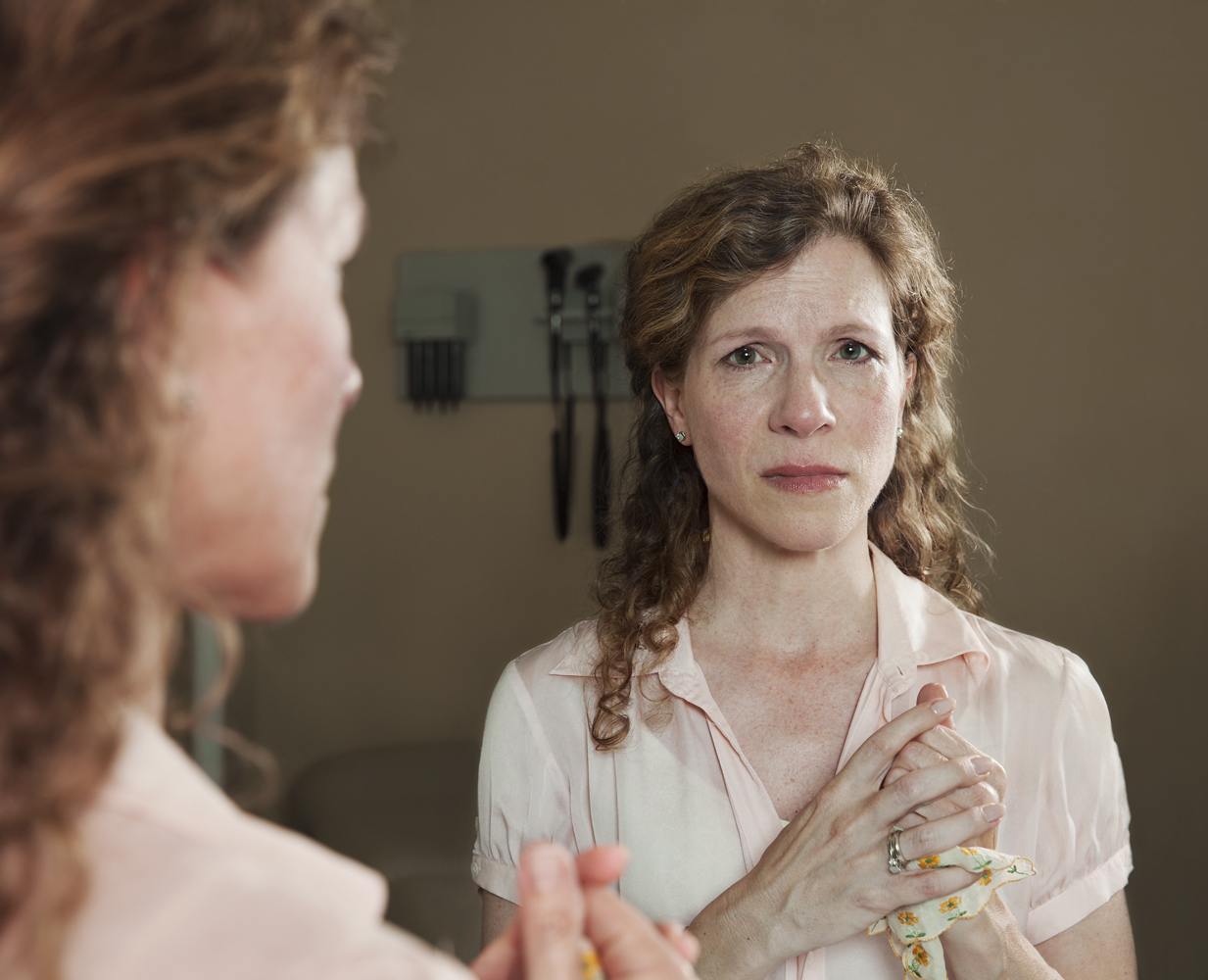

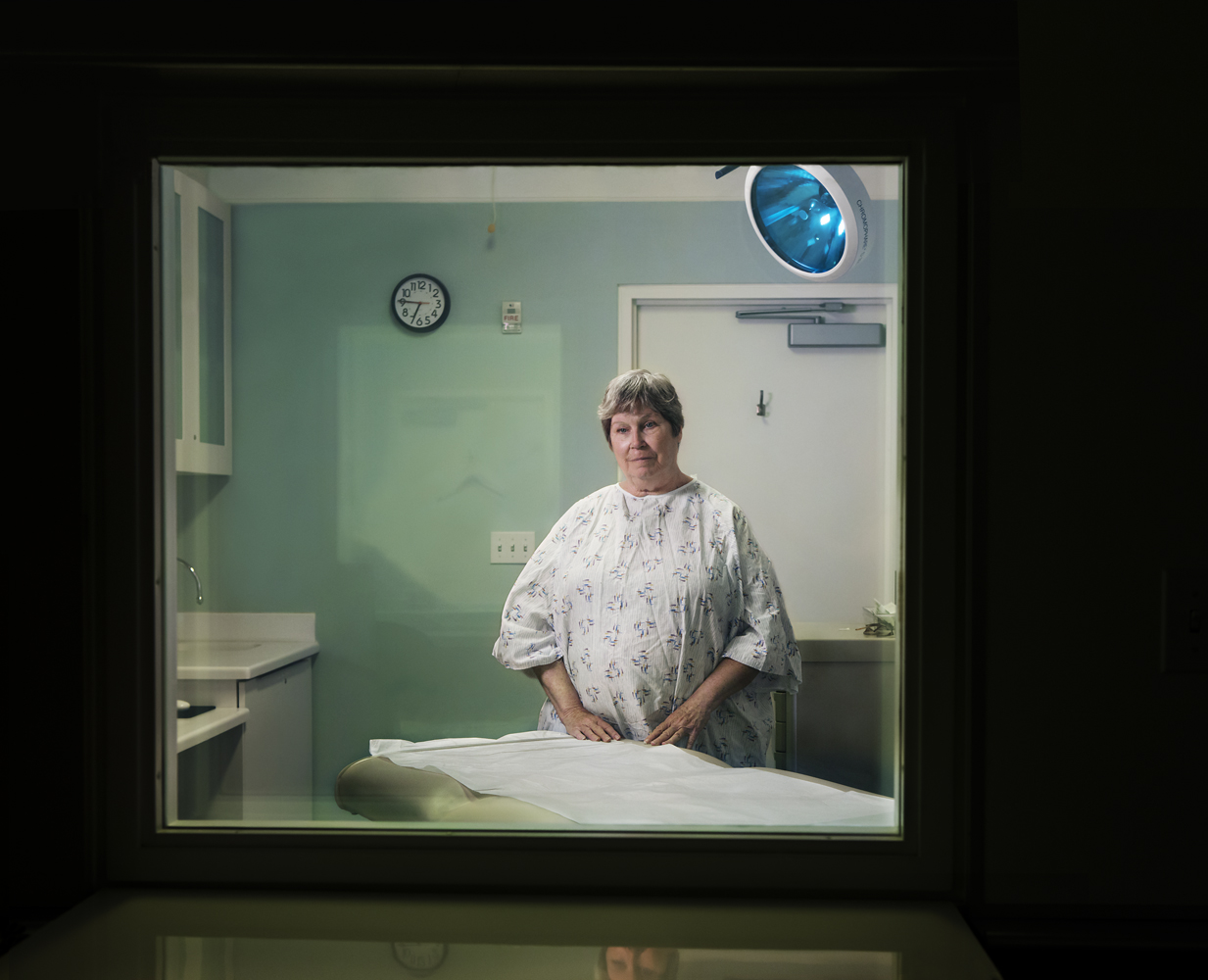

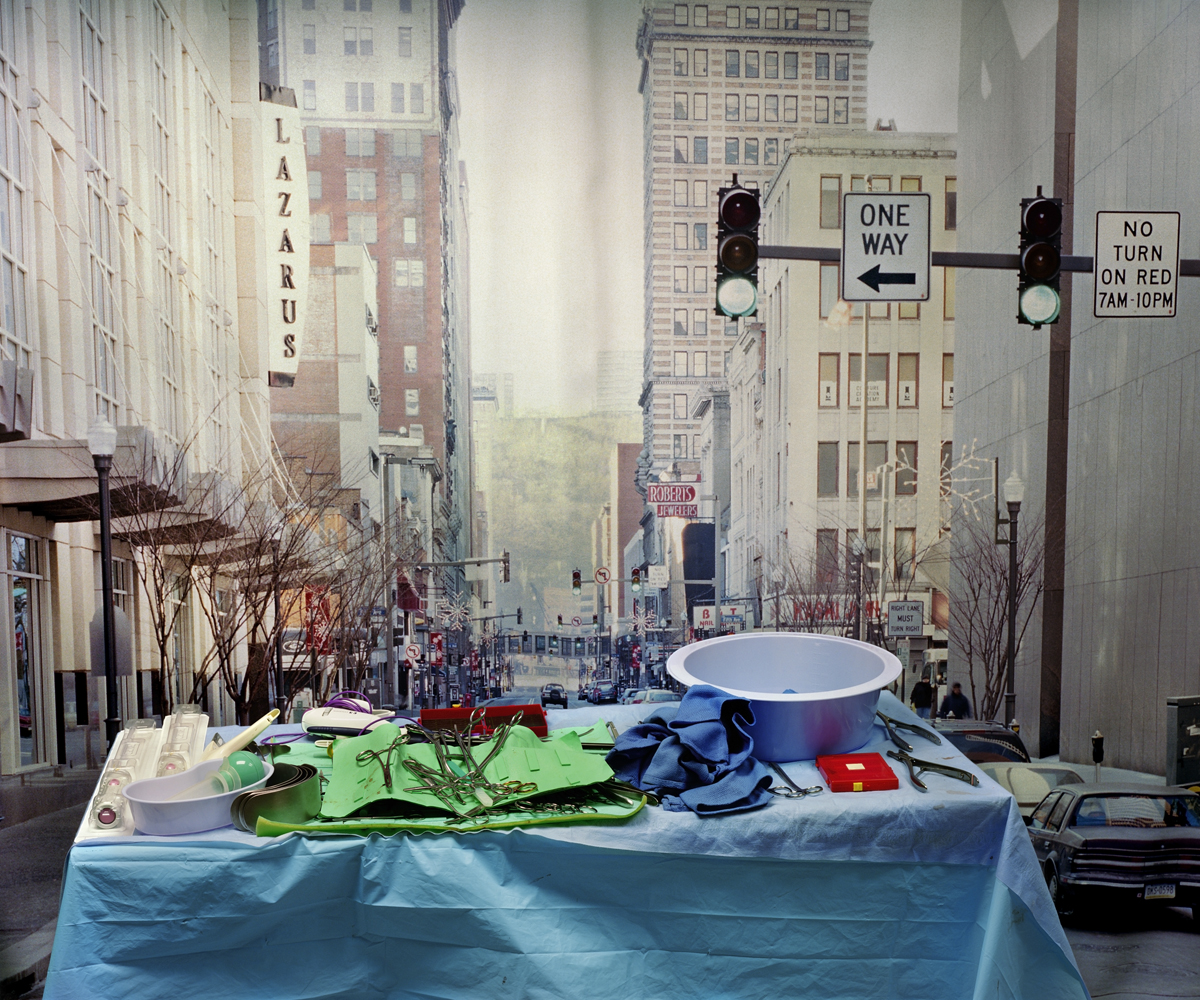

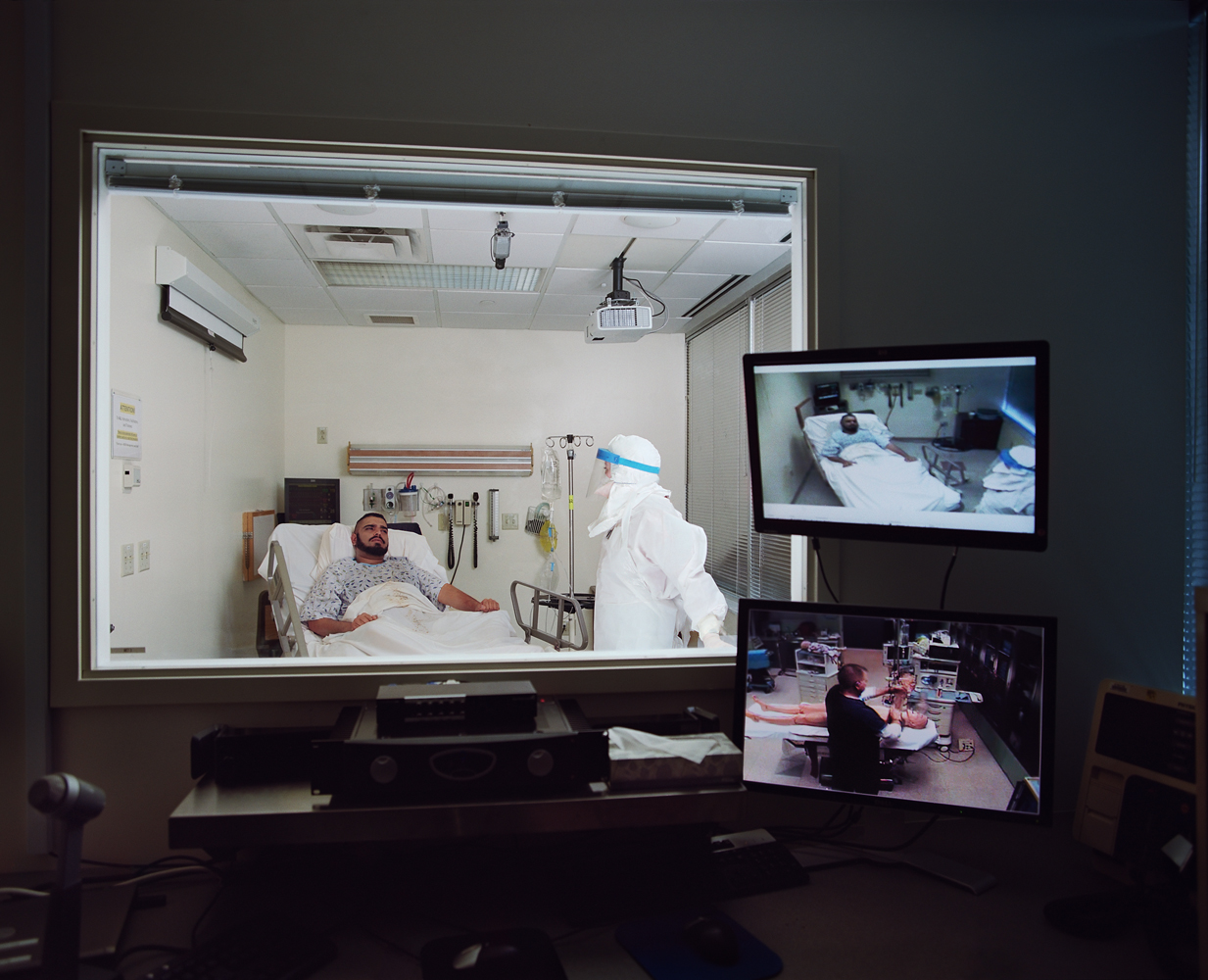
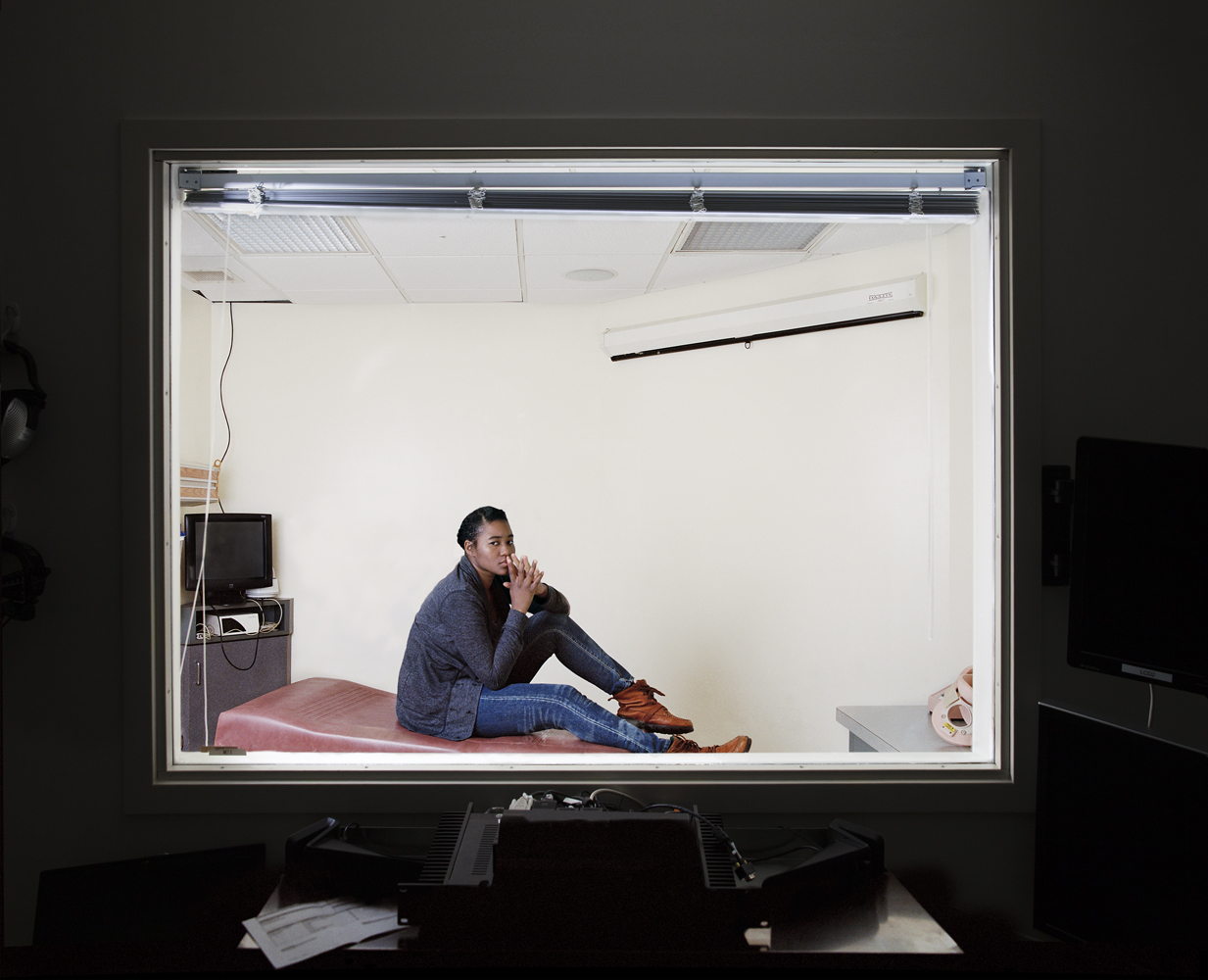
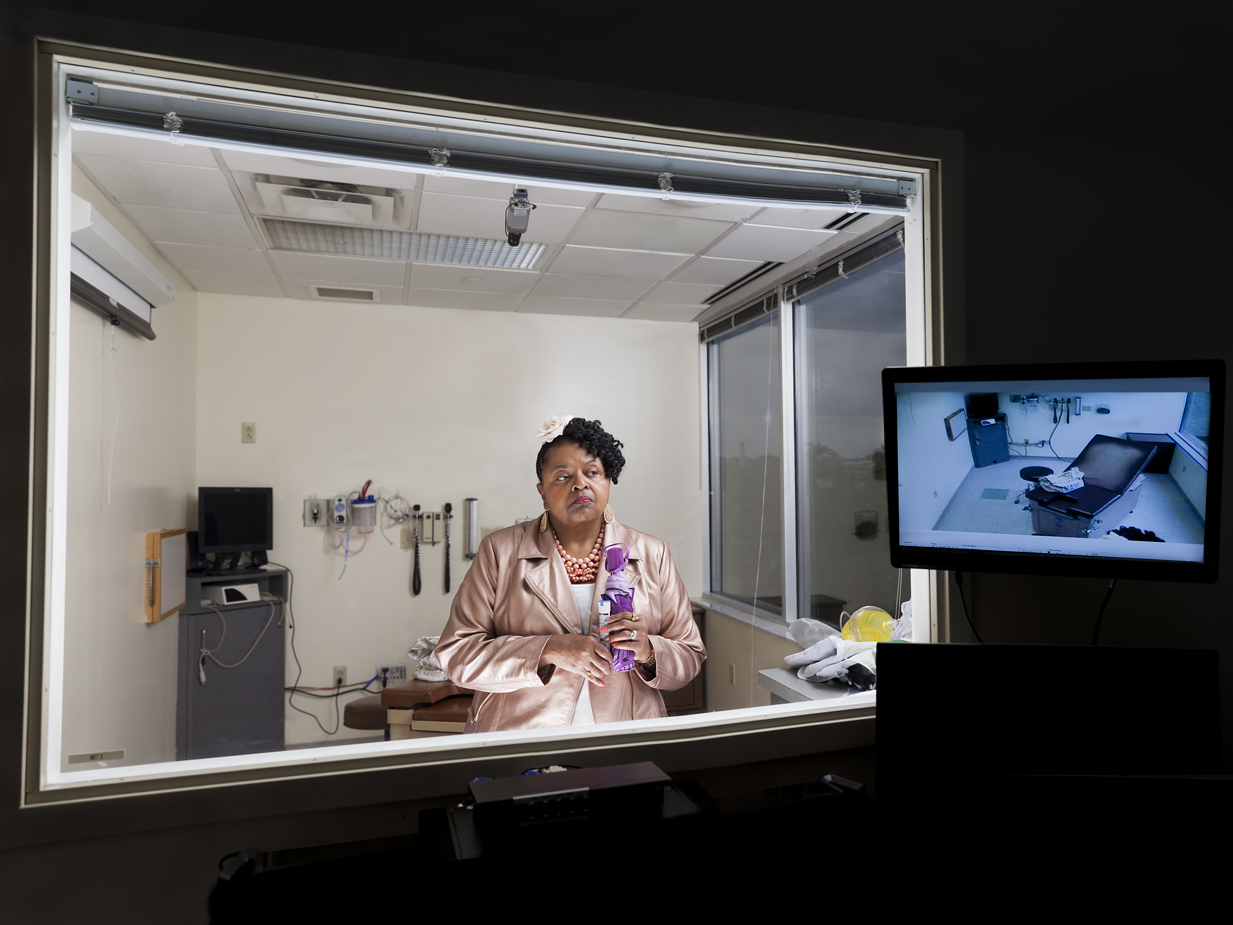
More Must-Reads from TIME
- Why Trump’s Message Worked on Latino Men
- What Trump’s Win Could Mean for Housing
- The 100 Must-Read Books of 2024
- Sleep Doctors Share the 1 Tip That’s Changed Their Lives
- Column: Let’s Bring Back Romance
- What It’s Like to Have Long COVID As a Kid
- FX’s Say Nothing Is the Must-Watch Political Thriller of 2024
- Merle Bombardieri Is Helping People Make the Baby Decision
Contact us at letters@time.com